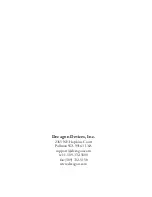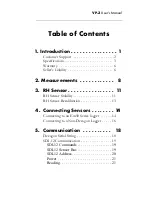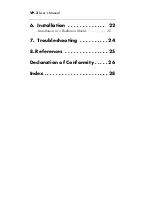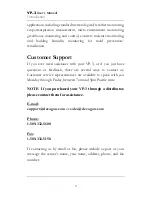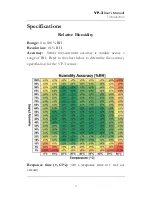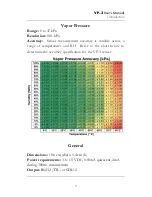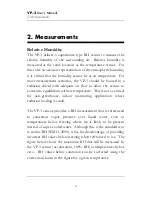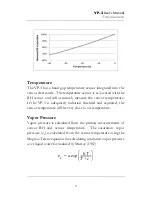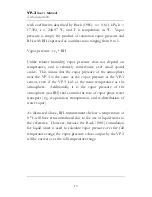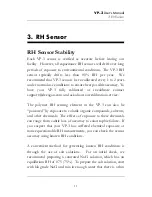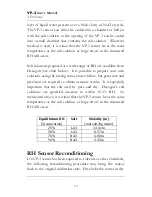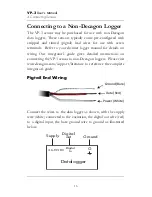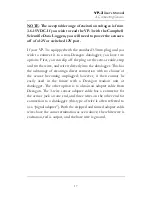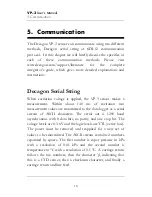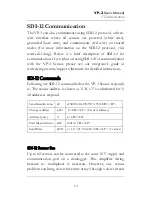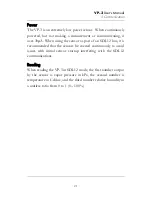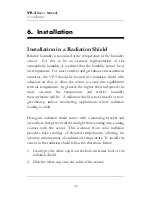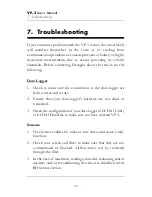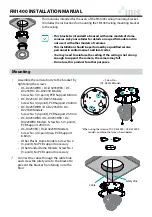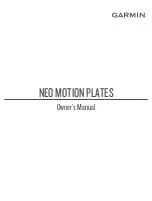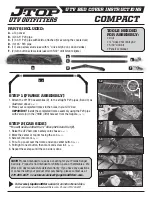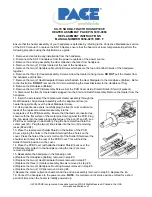
VP-3
User’s Manual
2. Measurements
10
with coefficients described by Buck (1981): a = 0.611 kPa, b =
17.502, c = 240.97
°
C, and T is temperature in
°
C. Vapor
pressure is simply the product of saturation vapor pressure and
RH, with RH expressed as a unitless ratio ranging from 0 to 1.
Vapor pressure = e
s
* RH
Unlike relative humidity, vapor pressure does not depend on
temperature, and is relatively conservative over small spatial
scales. This means that the vapor pressure of the atmosphere
near the VP-3 is the same as the vapor pressure at the VP-3
sensor, even if the VP-3 isn’t at the same temperature as the
atmosphere. Additionally, it is the vapor pressure of the
atmosphere (not RH) that controls the rate of vapor phase water
transport (e.g. evaporation, transpiration, and re-distribution of
water vapor).
As discussed above, RH measurements below a temperature of
0
°
C will have error introduced due to the use of liquid water as
the reference. However, because the Buck (1981) formulation
for liquid water is used to calculate vapor pressure over the full
temperature range, the vapor pressure values output by the VP-3
will be correct over the full temperature range.


